In Ukraine's old imperial city, pastel palaces are in jeopardy, but black humor survives
Published in News & Features
ODESA, Ukraine — On a cool spring morning, as water-washed light bathed pastel palaces in the old imperial city of Odesa, the thunder of yet another Russian missile strike filled the air.
That March 6 blast came within a few hundred yards of a convoy carrying Ukraine's president, Volodymyr Zelenskyy, who was touring the country's principal shipyard with the visiting Greek prime minister, Kyriakos Mitsotaki.
It was a close call, but Ukrainian officials said that in all likelihood the two leaders were not the target. Like so many other strikes during what Ukrainians call the "big war" — ignited by Russia's all-out invasion in February 2022 — the attack was aimed at Odesa's port, a strategic prize of centuries' standing.
The Black Sea harbor and its docklands — Ukraine's commercial lifeline and a prime military asset — have been the object of intensifying Russian drone and missile attacks in recent weeks, as Ukraine's dwindling air defenses leave critical infrastructure vulnerable across the country.
In Odesa, the deadly campaign of airstrikes has brought sharply renewed peril to nearly a million inhabitants of one of Ukraine's most eclectic and cosmopolitan cities, known in equal measures for its people's mordancy and joie de vivre. And it poses a heightened threat to a world-renowned cultural treasure: the jewel-box grid of streets making up Odesa's UNESCO-designated historic center, which abuts the port.
After a string of attacks on Odesa and its environs, those who watch over the city's landmark structures are braced for the worst. On many ornate facades in the city center, full-length windows topped with curlicued pediments are boarded over. Inside, as periodic power cuts permit, workers sweep up shattered masonry and painstakingly restore ruined grand staircases.
"It's very, very difficult work to safeguard these beautiful old buildings," said Oleksei Duryagin, who heads a firefighting team that works out of a headquarters dating back to the city's days of horse-drawn fire wagons. "Whenever they try to hit the port, which is what they try to hit, everything here is in danger."
Because of the building materials used — wood, flammable insulation within the walls — the 19th century buildings that line Odesa's cobblestone, tree-lined central streets are especially susceptible to fire or collapse. First responders undergo special training in how to fight blazes in structures like Odesa's sumptuous opera house, perched on a promontory above the seafront.
"From basement to ceiling, I know these buildings like my old friends," said Duryagin, 52, who has more than three decades of firefighting experience. "I know their mysteries."
Falling debris from airborne interceptions, rather than direct drone or missile strikes, has caused some of the most serious destruction. Some sites, like the city's Fine Arts Museum, which is housed in a reconstructed palace, were hit again before they could be cleaned up after an initial attack.
...continued
©2024 Los Angeles Times. Visit at latimes.com. Distributed by Tribune Content Agency, LLC.
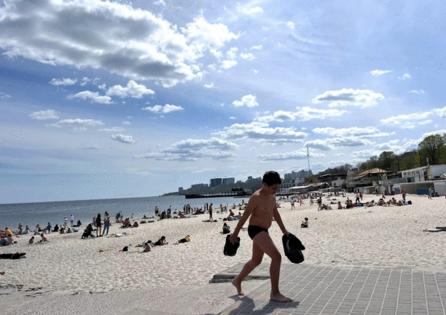
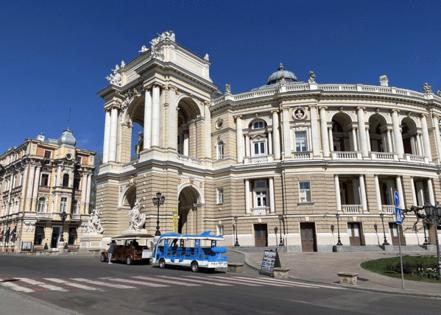
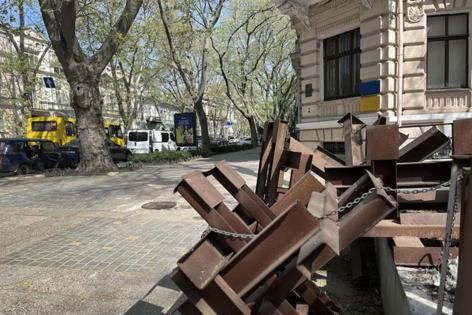
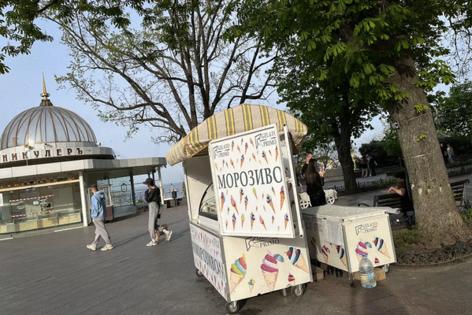
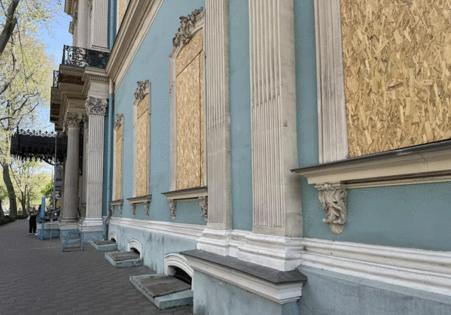











Comments